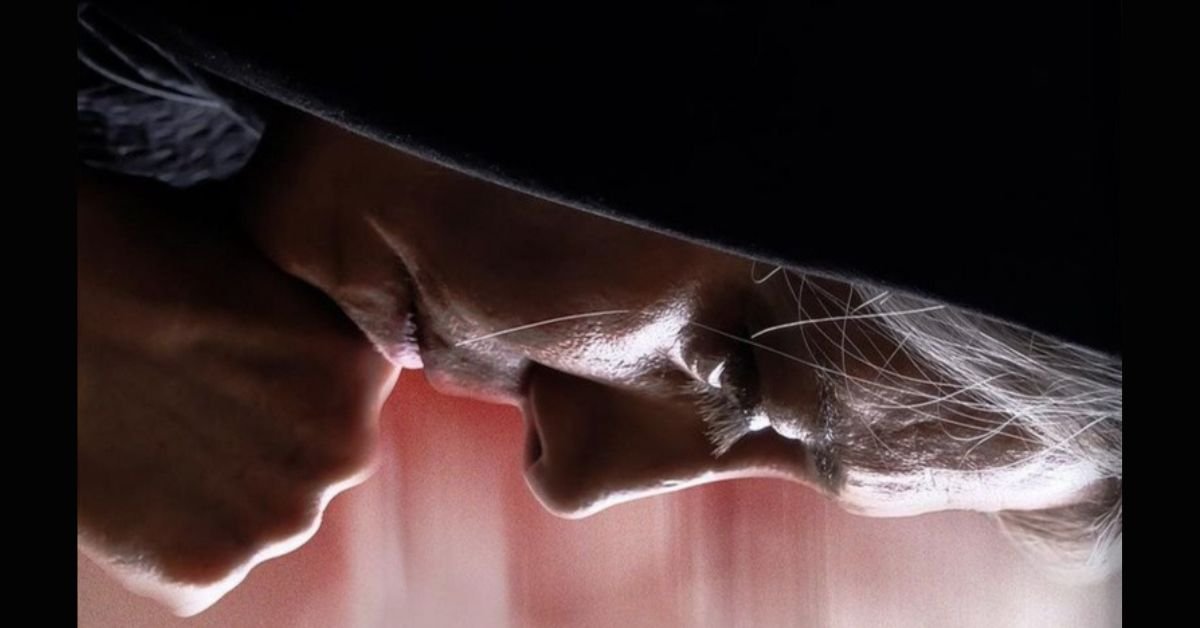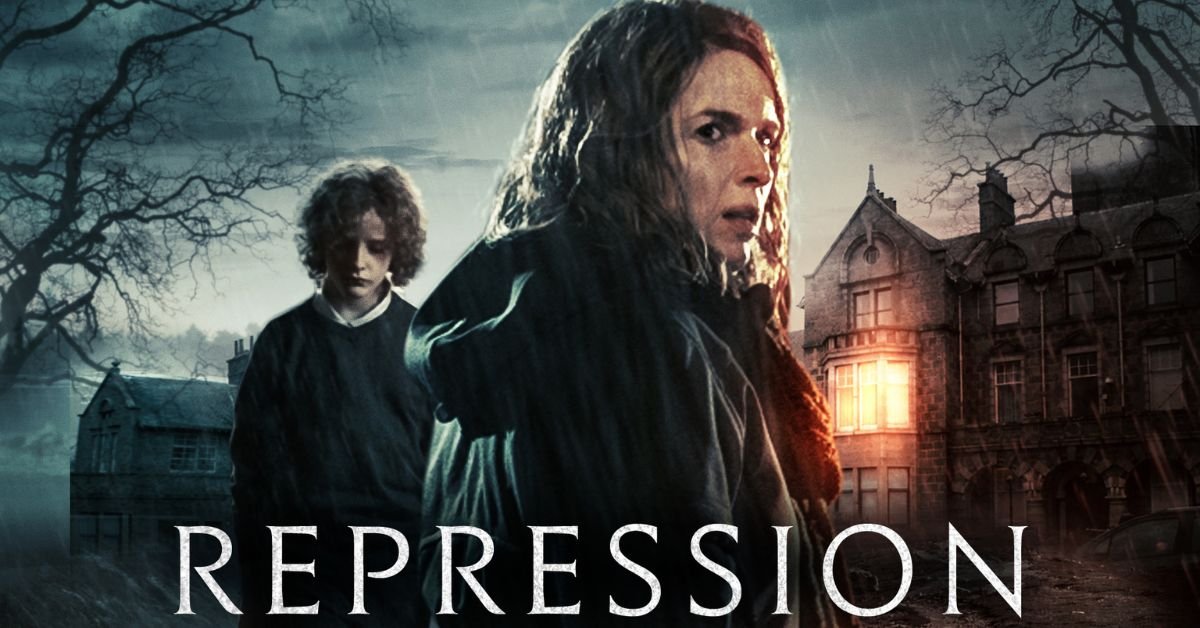Repression is a psychological thriller that leaves viewers with more questions than answers. The movie, also known as Marionette in some regions, is a gripping tale of trauma, manipulation, and the blurred lines between reality and fantasy. If you’ve watched the film and are confused by its ending, you’re not alone. This blog will break down the final scenes and help you understand what happened.
The Plot Recap: Repression Movie Ending Explained
Before diving into the ending, let’s quickly recap the plot. The movie follows Dr. Marianne Winter, a child psychologist who moves to Scotland after the death of her husband. She starts treating a young boy named Manny, who claims that he can control people’s actions with his drawings. As Marianne gets closer to Manny, strange things start happening, making her question her reality.
Manny’s drawings seem to predict or control real-life events. For example, when Manny draws Marianne in danger, she soon finds herself in a similar situation. This leads Marianne down a dark path as she tries to uncover the truth about Manny’s abilities and her own past.

Repression Movie Ending Explained: The Twist
The movie builds up to a major twist that changes everything you thought you knew. Throughout the film, Marianne struggles with hallucinations and memories that don’t make sense. As the movie progresses, it becomes clear that these aren’t just random visions. They are connected to a repressed trauma from her past.
The big reveal comes when Marianne discovers that she is not who she thinks she is. In reality, she is a patient in a mental institution, and the entire story has been a delusion. Manny, the boy she has been treating, is actually a figment of her imagination. The doctors at the institution have been trying to help her remember the truth about her identity and past.
Repression Movie Ending Explained
The movie ends with Marianne finally coming to terms with her past. She realizes that Manny represents her inner child, the part of her that she has been trying to suppress. The drawings and the events in the movie are symbolic of her mind trying to piece together her fragmented memories.
The final scenes show Marianne walking through the institution, no longer confused but accepting of her reality. She understands that she created Manny and the other characters in her mind as a way to cope with the trauma she experienced. The institution represents the mental barriers she built to protect herself from the pain of her past.
What Does It All Mean?
The ending of Repression is a metaphor for the process of confronting and accepting repressed memories. Marianne’s journey is a psychological one, where she must face the truths she has buried deep within her mind. The movie suggests that repression can distort reality, leading to a fractured sense of self.
Manny’s character is central to this theme. He symbolizes the power of the mind to create alternate realities as a defense mechanism. By controlling events through his drawings, Manny represents Marianne’s subconscious trying to rewrite her past to avoid facing the truth.
The Themes of the Movie
Repression explores themes of trauma, memory, and identity. It delves into how the mind can protect itself from pain by creating alternate realities. The movie also touches on the ethical dilemmas of treating patients with deep psychological wounds. Marianne’s character arc shows the dangers of ignoring or suppressing traumatic experiences instead of confronting them.
Final Thoughts
The ending of Repression is intentionally ambiguous, leaving room for interpretation. It challenges viewers to think about the nature of reality and how our minds can shape it. The movie’s twist reveals that what we see on the surface is often just a fraction of the truth.
For some, the ending may feel unsatisfying or confusing. However, it’s important to remember that Repression is a psychological thriller that aims to provoke thought rather than provide clear answers. The movie is a journey into the mind, and its ending reflects the complexity of human psychology.
In conclusion, Repression is a film that requires careful attention and thought. Its ending is a powerful reminder of the mind’s ability to create and distort reality. By understanding the symbolism and themes in the movie, viewers can gain a deeper appreciation for its intricate plot and psychological depth.

I’m Pradeep Ahalawat, the founder and chief writer of this blog. (Holding the degree of M.Sc. IT with more than 15 years of expereince in IT sector) With a passion for storytelling and a keen interest in current affairs, I started this platform to share my perspectives.

